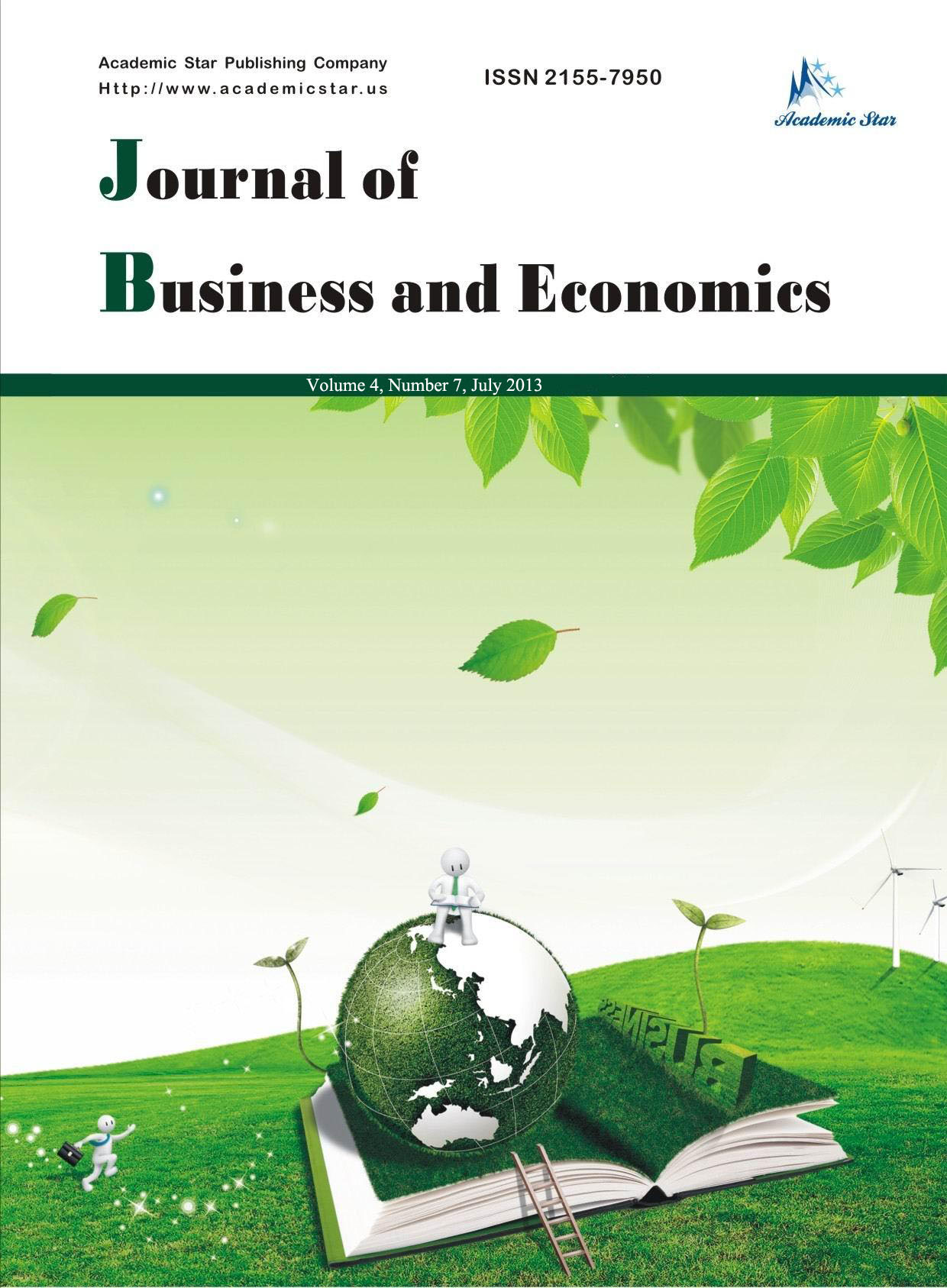Economics

- ISSN: 2155-7950
- Journal of Business and Economics
Student Performance in Pisa 2012 (Mathematics) Explained by Gender,
Immigrant Background, Index of Economic, Social and Cultural Status
for Students and Schools
Hans Bay
(The National Research Centre for the Working Environment, Lersoe Parkalle 105, Copenhagen, Denmark)
(The National Research Centre for the Working Environment, Lersoe Parkalle 105, Copenhagen, Denmark)
Abstract: The Program for International Student Assessment (PISA) has been conducted 5 times. The first PISA was conducted in 2000 and the latest PISA was conducted in 2012. In 2012, mathematics was the main domain. All students were tested in mathematics and all students were 15 years old and attended school. The index of economic, social and cultural status (ESCS) has exerted a significant influence in all countries for all domains every time. But also gender and immigration background has had a tremendous impact in most countries. In this paper, the variation between schools will be explained by the students’ gender, immigrant background, ESCS and the schools’ total ESCS. By introducing the schools’ total ESCS, the intra class coefficient (ICC) will be reduced considerably. The data analysis will be made by using two different models (the programme SAS will be used). The MIXED procedure where the schools are the random effects and SURVEYREG using the Balanced Repeated Replication (BRR) and its variant Fay’s modification will be used. The conclusion is that not only is the ESCS very important when estimating the students’ performance, but also the sum of their classmates’ ESCS is important. Furthermore a ranking of schools which only control for the students background will give a skew ranking of schools.
Key words: ESCS; ICC; PISA; MIXED models; SURVEYREG; balanced repeated replication; Fay’s modification
JEL code: I210






